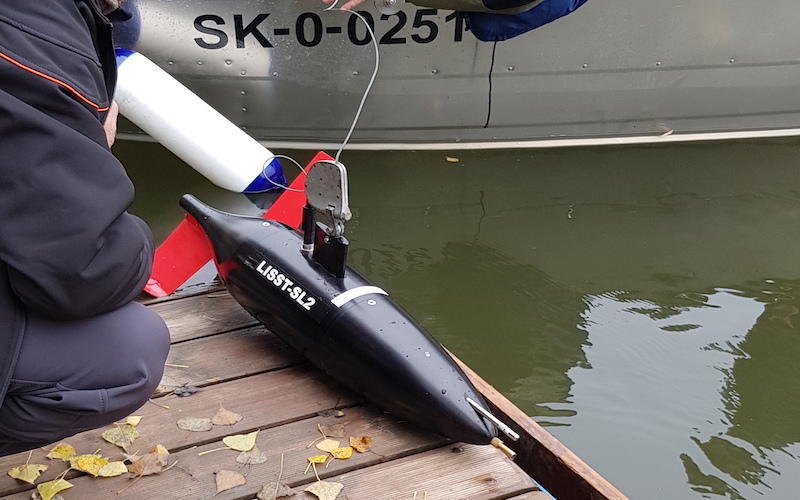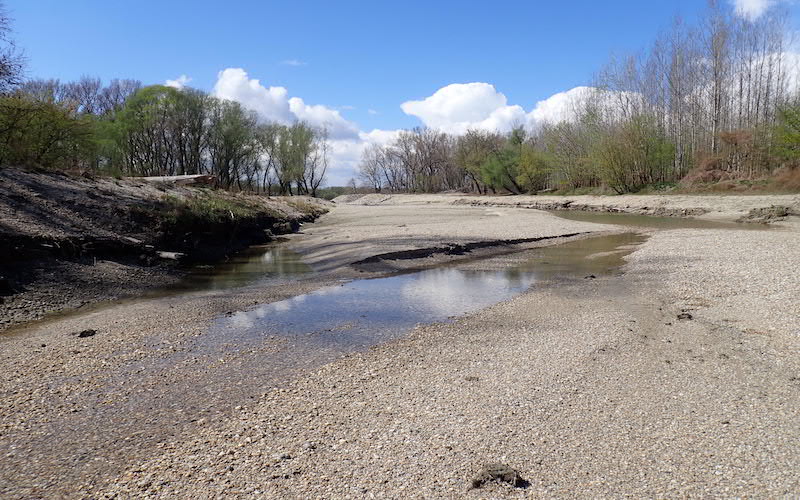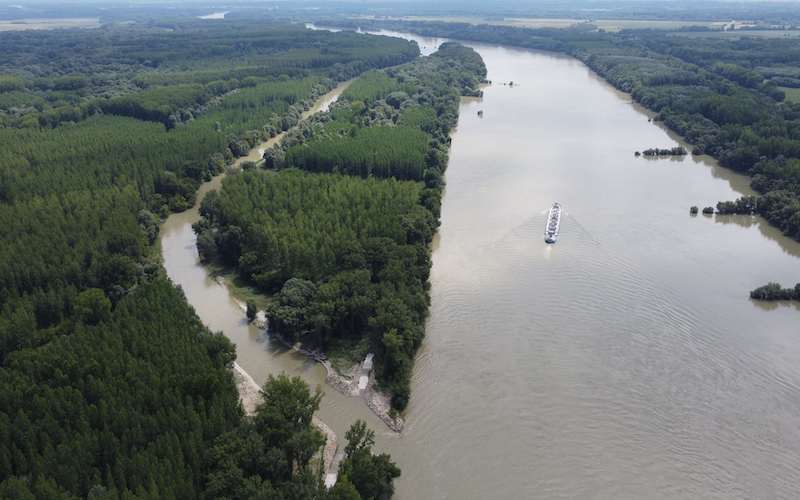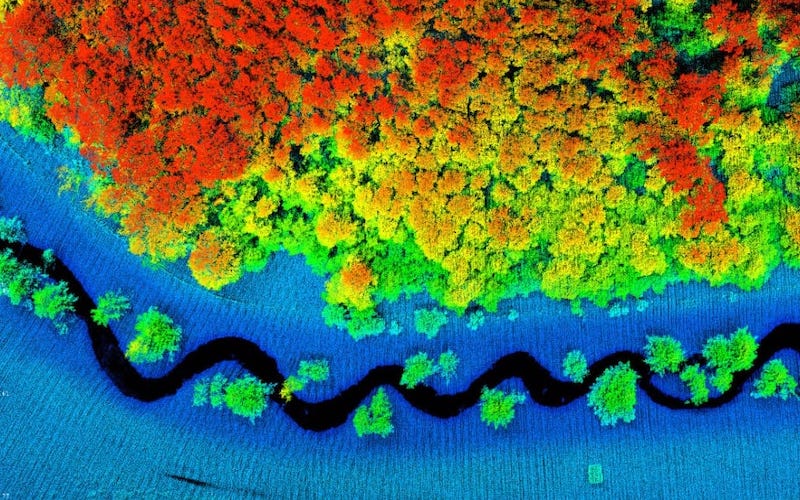
Research on sediment transport. Our Institute conducts research into the transport of bedload and suspended sediments using field measurements, numerical and physical models. We assess the spatio-temporal variability of sediment transport, quantify the sediment discharges, and identify the causes of sediment regime changes. Predictions of riverbed developments are based on analyses of archive materials and numerical modelling (1D, 2D). We propose protective measures for hydraulic engineering structures to reduce the intensity of silting processes in reservoirs, and the degradation of riverbeds downstream of dams and barriers. The key principles of sustainable and effective sediment management apply to river sections influenced by a disrupted sediment balance. This also includes proposals for the systematic monitoring of sediment regimes.
Morphology of rivers and reservoirs. We are the only research institute in Slovakia committed to studying the quantitative morphology of rivers and reservoirs. Former related research results enable us to assess the current status and trends of morphological developments on many Slovak rivers. We use historical maps and archive materials (GIS) to analyse the long-term morphological development of river beds and floodplains, and to identify changes and their causes. Effective and sustainable conservation/restoration measures are proposed to mitigate the impact of external pressures. Topographic surveys of water reservoirs are carried out to determine the intensity of reservoir sedimentation, update the volume-elevation curves of reservoirs, and to propose improvements. We also provide expertise in river/reservoir morphology, including professional consultations, and issue methodological guidelines.


Restoration of river systems. Investigations into river restoration focus on interactions between river processes (flow regime and sediment transport) and river channel morphology. We verify options to re-establish the flow and sediment conditions, which aim to restore river habitats that are close to the original morphological river type. Using research results, we undertake comprehensive river restoration studies aimed at restoring physical processes that have been impacted by anthropogenic activities. We analyse the causes and consequences of changes occurring in these processes in relation to the basic morphological parameters of river channels and floodplains. We propose comprehensive nature-based measures that allow rivers’ natural character to be partly or completely restored, depending on the constraints imposed by water uses.
Restoration measures are designed to improve river channel morphology (restoration of natural conditions), hydrological conditions (natural flow regime) and continuity/connectivity (continuity of sediment transport, controlled lateral development, reconnection of cut-ff meanders, branches and wetlands). Both before and after the implementation of restoration measures, we perform hydromorphological monitoring, assess the measures adopted in terms of effectiveness, and propose potential modifications. In accordance with the relevant EU legislation (WFD), we are committed to contributing, through comprehensive restoration studies and projects, to the restoration and renaturation of Slovakia’s regulated rivers to the highest possible degree (good ecological status, GES).
